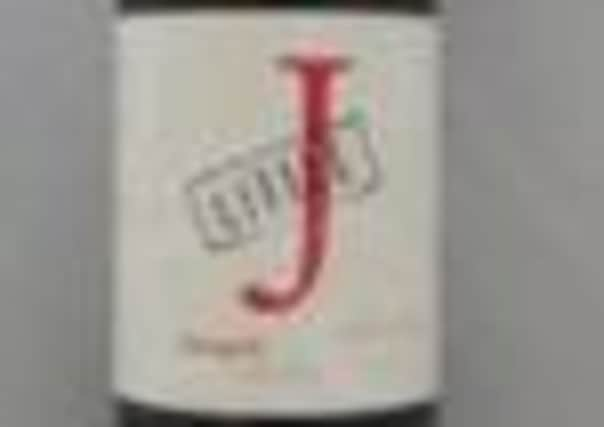Wine: The latest proposals on minimum alcohol pricing are proving interesting


I fully accept that action is needed on excessive drinking in Scotland and I also realise price is a powerful control mechanism for most things. So rather than ranting, this piece will consider the practical effect of possible changes.
Unlike earlier plans, a 50p per unit minimum will impact on most entry-point wine. Bottles at 12.5 per cent alcohol (the lowest common level) could not be sold at less than £4.69. With the average price of a bottle of wine sold by off-licenses at £4.71 last autumn, the significance of the new limit is immediately apparent. It’s worse when 14 per cent wines enter the equation, with a minimum price of £5.25.
Advertisement
Hide AdAdvertisement
Hide AdSo, what can be done? The first thought is to look at lower-alcohol wines. Although every year sees quality improvements in the wines from this category, there are two caveats. First, many lower-alcohol wines have a different texture, substance and complexity, and the mindset of drinkers must be tailored to expect this. Secondly, traditional methods of controlling alcohol levels often reduce flavour or increase sweetness and, thus, reduce their attractiveness to most drinkers. For example, I have struggled to find a lower-alcohol red that avoids this, although Tesco’s Laura Jewell MW has high hopes for the soft and mellow 2011 JP Chenet Light Merlot (£4.99), with 5.5 per cent alcohol. But even this has quite a high residual sugar content.


If supermarkets are to continue to use low-priced bottles to draw in customers, they will need a cross-subsidy for some orthodox wines that happen to have lower alcohol levels. Minimum pricing would, for instance, allow many muscats (currently selling well in the US) to cost around £3 if all other factors allowed. Similarly, some excellent German wines with less than ten per cent alcohol could also be priced well below the £4.70 threshold.
Having seen 50cl bottles used frequently in restaurants in Europe, I wonder whether their use in the off-trade could be useful. Some protests about minimum pricing come from pensioners upset at paying more for an occasional bottle of wine to enjoy with a meal. With a 50cl bottle of 12.5 per cent wine, they could pay as little as £3.15 and stay (just) inside the recommended daily limit for a couple – keeping enjoyment and expenditure roughly the same but reducing consumption.
Since these latest proposals require us to consider everything about the way we buy and drink wine, they provide another reason to revisit the old quality versus price debate. For any 75cl bottle of wine between 5.5 per cent and 15 per cent alcohol, £2.28 goes on duty and VAT on the duty. As the duty element is the same, regardless of the value of the wine, the ‘after Osborne’ segment of a £10 bottle goes up to £7.72. So, by doubling what you pay, you almost treble the value of what you receive. If minimum pricing means wine that cost £1.20 (and would have sold at £3.50) goes up to £4.69, it may be worth paying an extra quid to get wine that would have cost around £3.40. All things being equal, that wine should be about three times as good.
Although the pricing proposals will certainly be ‘interesting’ for drinkers of spirits, beers and cider, there may be room for optimism with wine. Could the law of unintended consequences mean we actually improve the quality of wine we drink while reducing the volume?
BEST BUYS
• 2011 Luis Felipe Edwards Gran Reserva Chardonnay Casablanca Valley, Chile, 14 per cent
This superb-value, creamy chardonnay has an excellent balance between its clean, lemon-based acidity, its rounded orange fruit and the custard-cream vanilla touches from the influence of French oak. £6.99 as part of a mixed case (down from £9.99 until 16 July), Majestic
• 2007 Little J Zweigelt Niederosterreich Kamptal, Austria, 12.5 per cent
Advertisement
Hide AdAdvertisement
Hide AdMade from a grape variety with a high Scrabble score, this lovely zweigelt has the ebullient and bouncy acidity of a white yet more than enough compensating soft raspberry and ripe cherry fruit to provide depth and the ability to partner food well. £9.99, Inverarity One to One, Glasgow